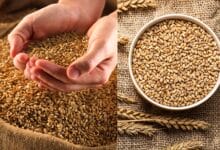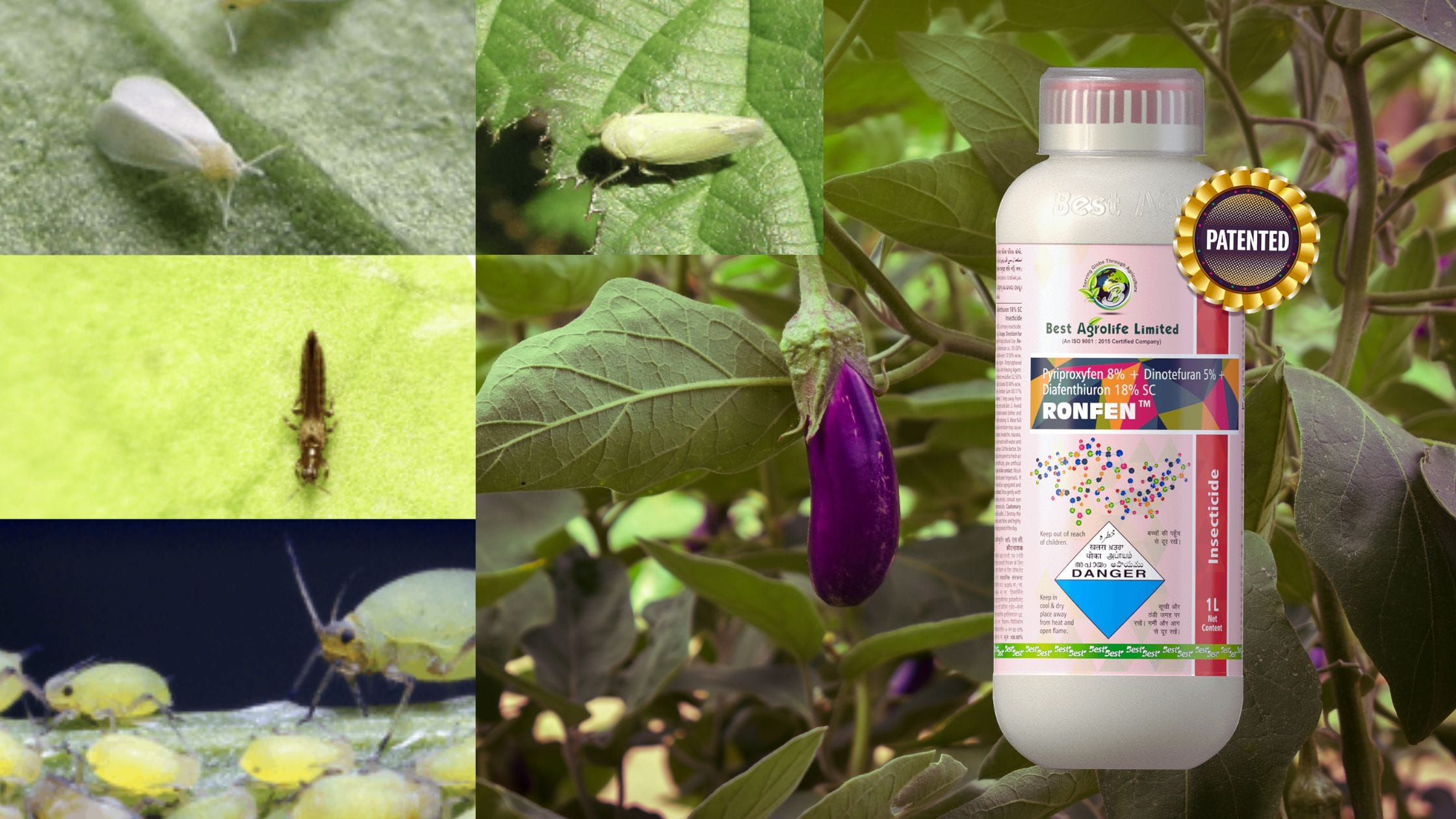Top 10 Profitable Indian Agricultural Products for Export.

India, with its diverse agro-climatic conditions and rich agricultural heritage, is one of the world’s top producers and exporters of agricultural commodities. Indian farmers today are no longer confined to selling locally — global markets are wide open, and exports of high-value crops can significantly increase profits.
In this blog, we will explore the most profitable Indian agricultural products for export, their country-specific demand, estimated profit margins for farmers, and a step-by-step guide on how to start agricultural exports from India.
Table of Contents
Why Export Agricultural Products?
Exporting agricultural produce gives farmers:
- Higher profit margins compared to local markets.
- Stable demand in international markets.
- Government incentives like duty drawback, MEIS (Merchandise Exports from India Scheme), and a subsidy on freight.
Top Profitable Indian Agricultural Products for Export.
Here are the most in-demand, high-profit Indian agricultural products for export and their primary international markets:
1. Basmati Rice
- Export Countries: Saudi Arabia, Iran, UAE, USA, UK
- Profit Margin: ₹8,000–₹12,000 per quintal
- Why it’s Profitable: Long grain, aromatic quality, and high international demand. Basmati fetches 2-3x higher prices abroad compared to the local market.
2. Spices (Turmeric, Chilli, Cumin, Cardamom, Ginger)
- Export Countries: USA, Vietnam, UAE, Bangladesh, Germany
- Profit Margin: ₹25,000–₹50,000 per ton
- Why it’s Profitable: India accounts for over 70% of global spice production. Value-added products like spice powders or oil extracts fetch even better returns.
3. Mangoes (Alphonso, Kesar, Dasheri)
- Export Countries: USA, UK, UAE, Oman, Singapore
- Profit Margin: ₹40–₹80 per kg (almost 2x local rate)
- Why it’s Profitable: Indian mangoes are considered premium-quality, and demand peaks during summer. Exporters can also earn from pulp and juice markets.
4. Bananas
- Export Countries: Iran, UAE, Iraq, Oman, Saudi Arabia
- Profit Margin: ₹10–₹15 per kg (vs ₹5 locally)
- Why it’s Profitable: India is the world’s largest banana producer. High shelf-life varieties like Grand Naine are export favourites.
5. Pomegranates
- Export Countries: UAE, Netherlands, Russia, Bahrain, Sri Lanka
- Profit Margin: ₹30–₹50 per kg
- Why it’s Profitable: Indian pomegranates are rich in colour and juice content, with year-round demand abroad.
6. Onions
- Export Countries: Bangladesh, Malaysia, Sri Lanka, UAE, Nepal
- Profit Margin: ₹3–₹6 per kg extra (export rate vs domestic)
- Why it’s Profitable: Bulk demand and price difference due to scarcity in other countries, especially during the off-season.
7. Organic Products (Millets, Pulses, Vegetables)
- Export Countries: USA, Canada, Germany, Netherlands, Australia
- Profit Margin: 50%–100% higher than non-organic products
- Why it’s Profitable: The organic food market is booming globally. Certified organic farms in India can fetch premium prices.
8. Tea and Coffee (especially Darjeeling and Arabica)
- Export Countries: UK, Russia, Iran, Japan, USA
- Profit Margin: ₹200–₹400 per kg
- Why it’s Profitable: Indian teas, especially Darjeeling, are considered luxury items. Exporters can also supply in packaged or branded form for better profits.
9. Floriculture Products (Cut Flowers, Jasmine, Marigold, Roses)
- Export Countries: Netherlands, UAE, UK, Germany
- Profit Margin: Up to ₹1 lakh per acre
- Why it’s Profitable: High demand for decorative and ritual flowers. With proper cold-chain, flowers fetch 5x profits overseas.
10. Medicinal and Aromatic Plants (Ashwagandha, Tulsi, Aloe Vera)
- Export Countries: USA, Germany, UAE, Australia, South Korea
- Profit Margin: ₹50,000–₹1 lakh per acre
- Why it’s Profitable: Huge demand for Ayurvedic and herbal medicines. Processed forms like extracts and powders fetch even higher value.
How Much Profit Can Indian Farmers Earn from Exporting?
Here’s an overview of potential export profits per acre (approximate):
| Crop/Product | Domestic Profit/Acre | Export Profit/Acre |
|---|---|---|
| Basmati Rice | ₹35,000 | ₹65,000 |
| Turmeric | ₹40,000 | ₹75,000 |
| Mango (Alphonso) | ₹1.2 lakh | ₹2–3 lakh |
| Pomegranate | ₹80,000 | ₹1.5 lakh |
| Organic Millets | ₹50,000 | ₹1 lakh |
| Medicinal Herbs | ₹60,000 | ₹1.2 lakh |
🔍 Note: Profit depends on yield, certification, global prices, logistics, and quality of produce.
How to Start Exporting Agricultural Products from India
Here is a simplified step-by-step process:
✅ Step 1: Register Your Business
- Create a Proprietorship, Partnership, or Pvt. Ltd. firm.
- Get a GST registration.
✅ Step 2: Get IEC Code (Import Export Code)
- Apply online at the DGFT portal
- IEC is mandatory for any exporter.
✅ Step 3: Product Selection & Research
- Choose products in demand internationally.
- Ensure availability, shelf life, and scalability.
✅ Step 4: Quality Certification
- For food/agro products, get:
- APEDA Registration (for fruits, vegetables, rice, etc.)
- FSSAI License
- Phytosanitary Certificate
- Organic Certification (if applicable)
✅ Step 5: Find Buyers or Export Agents
- Join B2B platforms like:
- IndiaMART Export, Alibaba, Tradekey
- Participate in export exhibitions or buyer-seller meets
- You can also collaborate with Export Houses or Merchant Exporters initially.
✅ Step 6: Logistics and Documentation
- Tie-up with logistics providers for air/sea freight.
- Required Documents:
- Invoice
- Packing List
- Bill of Lading
- Phytosanitary/Health Certificate
- Certificate of Origin
- Insurance Document
✅ Step 7: Payment Terms
- Choose secure methods like:
- Letter of Credit (LC)
- Advance Payment
- Bank Guarantees
Government Support for Agricultural Products Exporting.
- APEDA (Agricultural & Processed Food Products Export Development Authority): Provides training, infrastructure, and marketing support.
- NABARD Subsidies: For cold storage, transport, and grading units.
- District Export Hubs: Promote local agricultural exports.
Final Thoughts
Agricultural products for Export is one of the most profitable ways for Indian farmers to increase their income, reduce dependence on middlemen, and scale globally. While the initial process requires proper documentation and quality assurance, the long-term gains far outweigh the effort.
If you are a progressive farmer, FPO, or agri-entrepreneur, now is the right time to explore Agricultural products for export opportunities and bring your produce to the world stage. With India’s reputation for quality, diversity, and authenticity, the global market is waiting for your farm to flourish internationally.
Read more: Top 10 Profitable Indian Agricultural Products for Export.-
Agriculture Powers 15–20% of India’s Economy, Says Scientific Advisor Ajay Kumar Sood.
New Delhi – Principal Scientific Advisor to the Prime Minister, Ajay Kumar Sood, has highlighted that agriculture continues to play a crucial role in India’s growth, contributing 15–20% to the national economic output. Speaking at the Dialogue NEXT event, organised by the Indian Council of Agricultural Research (ICAR) in the capital, Sood underlined that the…
-
RONFEN Insecticide: A Complete Guide for Farmers
RONFEN Insecticide In modern agriculture, one of the biggest challenges farmers face is crop loss due to insect attacks. Pests not only reduce yields but also affect the quality of the produce. To tackle these challenges, farmers rely on innovative crop protection products like RONFEN, a powerful insecticide designed to provide long-lasting protection against a…
-
Grow Dragon Fruits: Care, Benefits, and Global Significance.
1. Introduction Dragon fruit, also known as pitaya, is a striking tropical fruit with vibrant flesh and rich nutritional value. Its low-maintenance cultivation, economic promise, and growing international demand make it an increasingly attractive crop. Here’s how to develop it safely and understand why certain regions dominate its production worldwide. 2. Water, Soil, Sunlight &…











